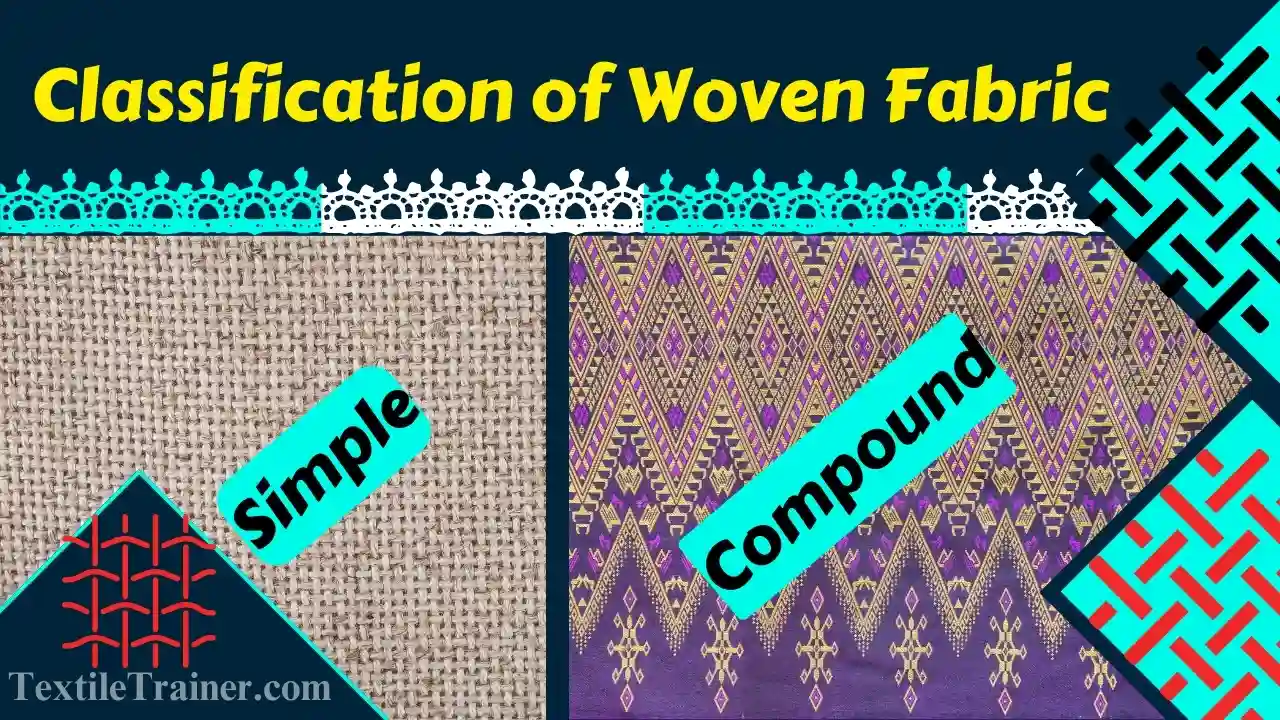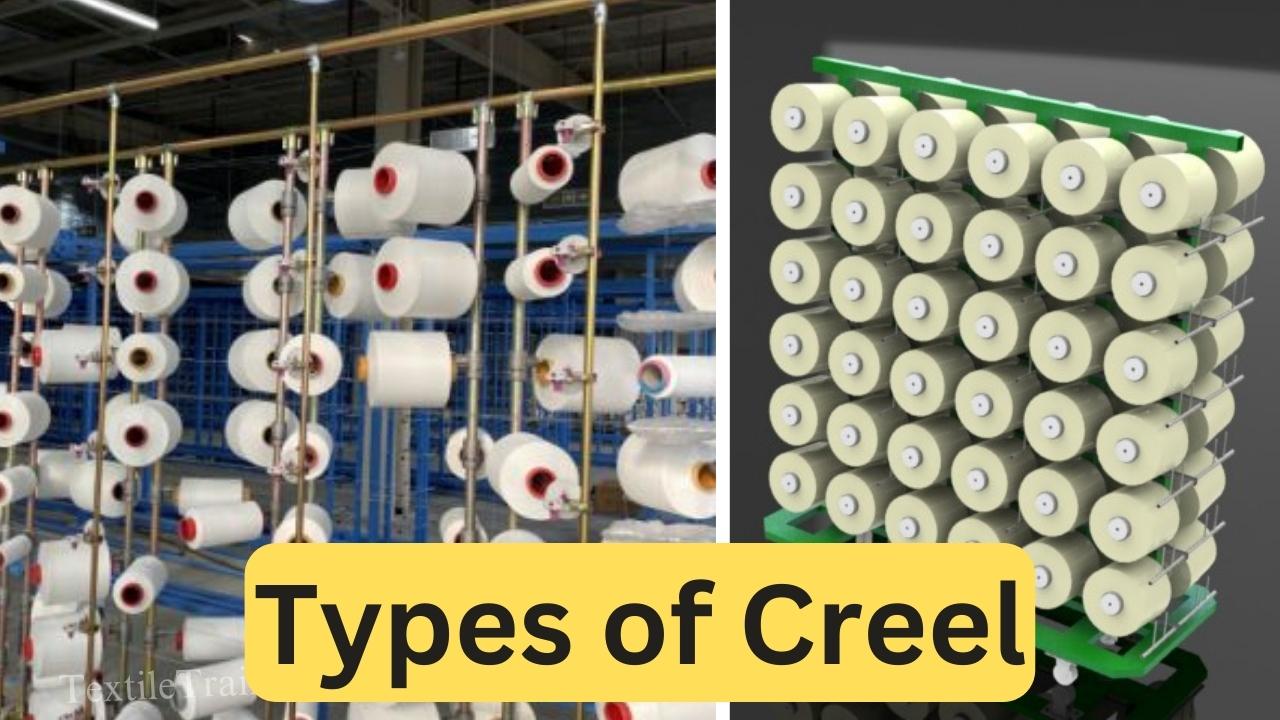Dynamic Working Principle of High Speed Warping Machine
Introduction:
The Beam warping or high speed warping machine are used for all conventional staple fibers, regenerated fibers, and filaments. This article is about working principle of high speed warping machine or beam warping machine. These types of warping are done using flange beams. The flanges provide yarn stability on the beam. A typical beam flange diameter is 800, 1000, 1250, and 1400 mm, with a working width of 1400 to 2800 mm.
A machine-specific option includes a tape applicator, a static eliminator windscreen, a blower and dust extractor, yarn storage, inspection units, an oiler, tension rollers, beam removal units, and a control platform. An expanding zigzag comb used to control the beam’s width and keep the yarns parallel and straight. These warping process also called direct warping process.
Direct warping or beam warping or high speed warping is used in two ways:
- The weaver’s beam can be produced directly in a single operation using high speed warping. This is especially useful when strong yarns that do not require sizing, such as continuous filaments or monofilaments, and the number of warp ends on the warp beam is relatively small. This is known as direct beaming.
- Using high speed warping, smaller, intermediate beams are made. These smaller beams are combined at the sizing stage to produce the weaver’s beam. This is called beaming. As an example, if a weaver’s beam contains 9000 warp ends, then nine warper’s beams each contain 1000 ends. The creel would need to contain 9000 yarn packages if this weaver’s beam were to be made simultaneously, which would be challenging to manage and accommodate. 8 to 10 ends per inch are usually recommended on section beams for sizing purposes. Beam hardness should be 50-60, not from packing roll pressure.

Features of direct warping or beam warping or high speed warping:
- A large amount of yarn is used to produce weavers beams, which are used in weaving.
- High-speed production of products is carried out with the help of this machine.
- Additionally, it is used to produce a more significant number of common fabrics in a greater number of quantities than usual.
- Weaver’s beams are produced after the weaver’s beam has been sized in this process.
- The high speed warping machine is used for producing woven beams from a single yarn by using multiple threads at once.
- In general, it is a very cheap process to carry out.
- There is a need for uniform tension in this case.
- It has a capacity of more than 12000.
Flow Chart of yarn path of high speed warping machine:

Working principle of high speed warping:

- Initially, all cones and cheeses of yarn will be arranged in the creel. The yarn journey starts from the cone or cheese of the yarn package left in the creel.
- The yarn is passed through the balloon breaker to break the balloon. Using the balloon breaker makes it possible to break the formation of balloons.
- In the next step, the yarn is passed through the tension device, which is the next step. In order to make a good warper’s beam, it is essential to have uniform tension.
- In order to start warping, the yarn is passed through one of the ceramic yarn guides, which serves as a guide for the yarn during the process to ensure optimal tension and alignment during warping.
- In the next step, yarn is passed through a stop motion. The stop motion aims to ensure the machine’s safety, efficiency, and productivity, as well as to minimize potential problems that could arise during the process. Using it can prevent yarn breakage, tangles, incorrect tension, or other issues that could result in defective fabrics or unusable fabrics in the future.
- The yarn is then passed through a V-reed, which distributes the yarn evenly across the width of the warp beam, ensuring that each yarn end is appropriately positioned and distributed along the warp beam.
- In order to achieve uniform warping, the yarn is brought to the Warp beam by passing through the Lease Rod and Pressure Roller. The Lease Rod allows the yarn to be separated from the next by providing the proper pressure, and the Pressure Roller supplies the pressure in order for the yarn to be raised evenly.
Advantage of high speed warping machine:
In the textile manufacturing sector, high-speed warping offers several advantages that contribute to increased productivity and efficiency. Here are some examples of some potential benefits that high-speed warping could provide:
- As warping machines are operated at faster speeds, this enables yarns to be prepared at a faster rate, resulting in a more significant number of warp beams being produced within a shorter period of time, thus increasing the company’s overall production capacity.
- Usually, high-speed warping machines have advanced automation and control systems incorporated into them. These systems allow precise tension control, accurate yarn placement, and consistent alignment of the warp beams, dramatically improving the warp beams’ quality and reducing errors.
- In terms of accommodating a variety of different types of yarns, widths, designs, and yarn types, some high-speed warping machines offer greater flexibility.
- The capacity of the creel is very high.
- In order to produce common fabrics, high speed warping is used.
Disadvantage of high speed warping machine:
There are a significant number of advantages to using a high-speed warping machine, but there can also be some potential disadvantages associated with its use. These disadvantages may include the following.
- After the beam has been sized, the final beam is obtained.
- In order to produce beams, a large amount of yarn is required.
- The cost of high-speed warping machines is usually higher than that of standard warping machines because of the advanced technologies and automation systems often incorporated.
- As a result, warping at high speeds may put additional stress on the yarns and increase the risk of yarn breakage because of the additional stress placed on the yarns during the warping process.
Conclusion:
A high-speed warping machine provides significant advantages in terms of increased production rates, reduced labor requirements, improved efficiency, and enhanced flexibility. Textile manufacturers can use these machines to increase production, reduce processing time, minimize errors, and enhance product quality. While it is important to consider the advantages, there are also potential disadvantages.
Reference:
- Adanur, S. (2001). Handbook of weaving. Boca Raton: CRC press.
- banerjee, N. (2000). Weaving Mechanism. West Bengal: Smt. Tandra Banerjee and Sri Apurba Banerjee.
- Belal, P. D. (2016). Understanding Textiles for a Merchandiser. Dhaka: LB Graphics & Printing.
- Hossain, M. S. (2014). Introduction to Textile Engineering. Dhaka: Books Fair Publications.
- Rahman, M. M. (2008). Fabric Manufacturing Technology. Dhaka: Books Fair Publications.
- V. Gordeev, P. V. (1982). Cotton Weaving. Russia: Mir Publishers Moscow.



